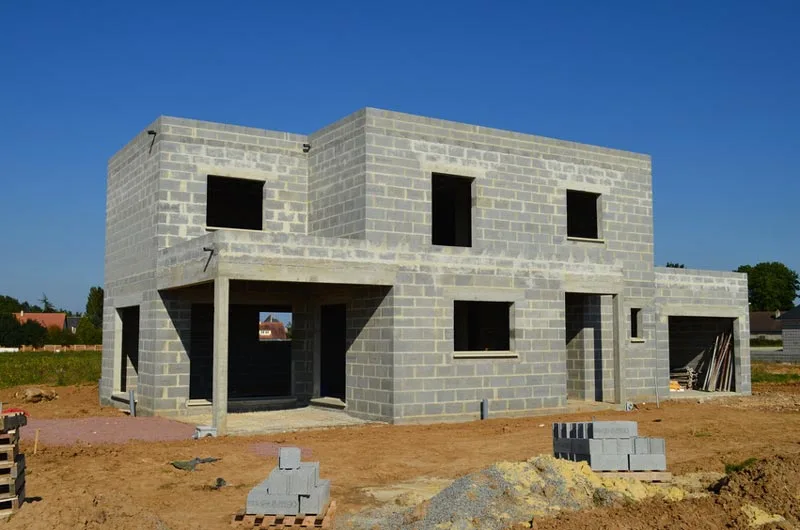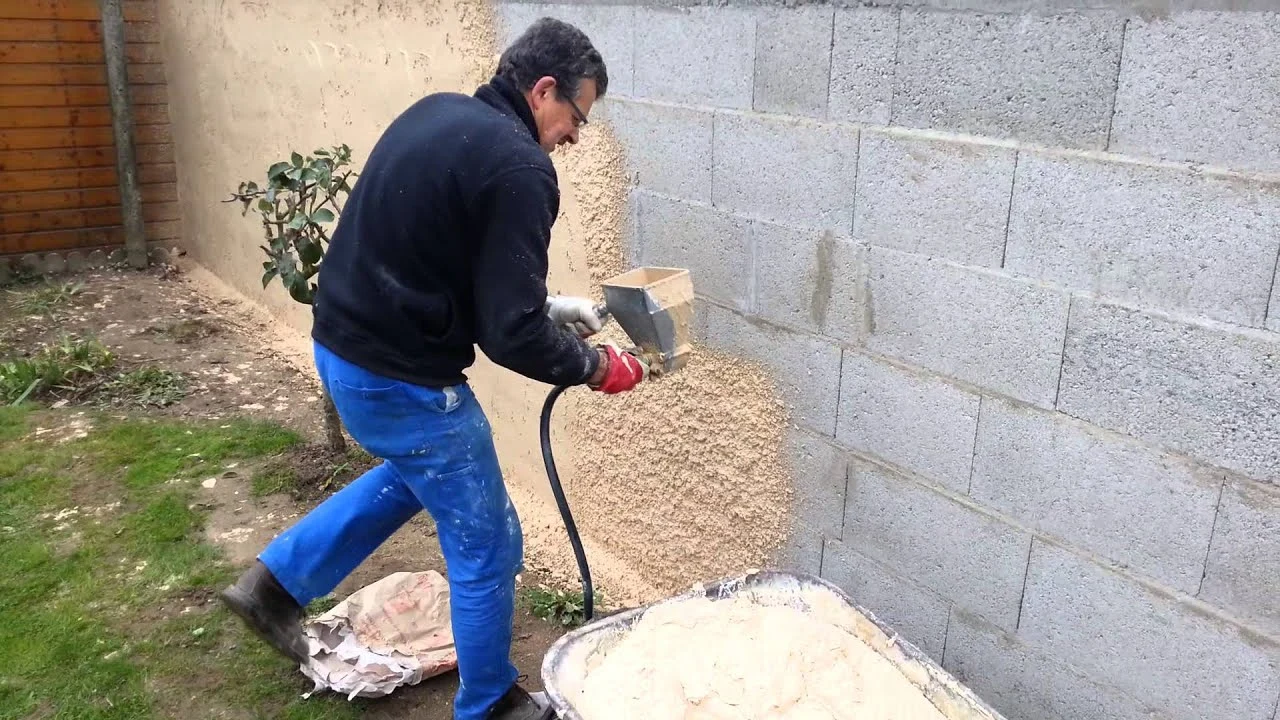Always amses me to see you guys build your wood houses. This looks so much like a construction game for children, I want to play too!
you guys build your wood houses
What do you normally build houses with?
Here in Europe, we use mostly cinder blocks or bricks. I guess wood is more common in Northern Europe and Switzerland
In California we use wood because it flexes during earthquakes. There may be damage during a big one but at least the house is less likely to collapse on you.
In earthquakes in NZ the wooden houses flex for sure. What kills you is the brick chimney falling through the roof.
deleted by creator
In Europe we use reinforced concrete for the same purpose. Don’t know if it works but it’s the way it’s done.
Wait, are earthquakes common in Europe?!
Italy ils pretty shaky, Portugal too. Southern France is waiting for its own Big One.
For reference, nowhere in Western Europe is even close to the much of the west coast of the Americas in terms of seismic activity.
And also because there’s no snow or serious rain. Took me years to get used to the flimsy houses here, they wouldn’t last a year back in my country.
I don’t know about that. I’ve lived in a typical “flimsy” American wooden house in an area that had a lot of crazy weather with extreme winds and even a couple of tropical storms. That house had absolutely no issue with those. These houses are a lot stronger than they look. They flex but don’t break.
My house is 80 years old, I’ve personally seen 3 feet of snow on its roof, it weathered hurricane Fran with no damage, hurricane Matthew caused a leak around the chimney that stained my living room ceiling a little.
I’m ready to take anything this area is willing to throw at me except tornadoes. A direct strike by tornado will pull it down.
I live in the Pacific Northwest where it rains quite a bit. Wood houses are fine in the rain as long as the moisture barrier and roof have been installed correctly.
We have plenty of brick houses here too, but they all are still built around wooden frames for the most part
deleted by creator
something like this for example
With clay bricks! That’s a fa’cy one
That’s most likely Porotherm bricks, which are cheaper. And the even cheaper version is with AAC bricks like this
Or this

That appears to be a military bunker of some sort
It does, doesn’t it? That’s before surfacing is done.

I’m pretty sure you’re supposed to be in a full suit with a respirator, mask and whatnot to spray this shit.
I was thinking more like a commercial building than a residential.
It’s not like it’s a “wood house” though just the framing is softwood lumber. The foundation is reinforced poured concrete, there’s steel support braces, the ties and hardware are likely zinc coated steel, roof is asphalt shingles or steel, wind bracing is lumber or steel rods depending on code, could even have exterior brick or vinyl siding.
I understand a lot of homes in Europe are not well insulated, and weren’t built with it in mind. Climate change is causing problems with this design deficit.
That is mainly specifically a UK problem. Most homes in Europe are pretty decently to excellently insulated.
Wouldn’t the inside of your house still have wood framing structure like this though? Looks like this neighbourhood uses vinyl siding, but you could easily have a brick/stone/stucco exterior.
Isn’t it way harder to run plumbing/electric through cinder blocks, let alone hanging drywall? Or do you build a cinderblock box first and then frame the inside with wood?
This place looks like it doesn’t have a basement, which is a must in Canada, and all our basements are generally concrete pour or cinderblocks, but we still have framing on the inside walls, and usually everything above the basement is wood + facade
Portugal here, no wood, just iron, steel and concrete. And bricks, of course.
Where I am in South Carolina very few people have basements as they would be prone to flooding
Typically, yes. In the US at least, cinder block houses are common particularly in Florida and coastal regions. The inside would still likely have a moisture barrier and insulation on modern homes, so you will typically have wood framing for interior walls to allow for wiring, plumbing, and insulation that is then drywalled over.
Isn’t it way harder to run plumbing/electric through cinder blocks, let alone hanging drywall? Or do you build a cinderblock box first and then frame the inside with wood?
At least in South America (where most buildings are made of brick and mortar) there’s no drywall. The internal finish is a smooth layer on top of the bricks and that’s it. That makes it easier to hang heavy things on the wall but also makes it impossible to run wires of any kind. It also makes repairs more difficult.
Wouldn’t the inside of your house still have wood framing structure like this though?Extremely rare. Most houses built until the 1959s are made of stone and mortar, with walls at least 2 feet wide. In Northern Europe, i.e. UK, Belgium, Netherlands, parts of France and Germany, you would fund brick and mortar walls. Interior walls were built with thin hollow bricks assembled with mortar. These houses are a pain to renovate and most people just put everything agaisntbthe existing walls and then glue their drywalls on top of it with adhesive mortar. Since then, it is mostly cinder blocks or hollow brichs that are then filled with concrete. Modern building regulations impose steel reinforcement in regions prone to earthquakes. Interior walls are built with a framing of steel railings that are very light and flexible when handled but very sturdy when assembled. The drywall is screwed on each side of these rails which gives room for electrical and plumbung.
I’m genuinely curious. I am in the southern US, Alabama specifically with the heat and humidity that entails. There are cinder block homes here, but they’re mostly looked down upon and almost always have mold and mildew problems. How is that handled with brick and mortar or concrete construction?
I don’t see why brick and mortar houses should be extra susceptible to those problems if build well. But of course Europe didn’t use to see the same extremes of heat and humidity as the US does, perhaps it will become a problem in the future.
You got it right I suspect. Most of these that I’ve seen are a single course of blocks with no discernible vapor barrier or anything. And maybe a thin layer of paint.
Brick manufacturing devastates the environment. We build our houses from sustainable resources.because we’re not cavemen.
Meanwhile most of your energy sources are not renewable and per capita the average emissions of the American is double or even triple of the average European.
Why the aggressive tone? Each technique has its advantages. I guess brick and mortar houses would burn less in California, which has the same climate as Italy and Spain
Whether or not the house burns to the ground is irrelevant when the damage caused by the heat alone would condemn a brick/stone house in the US. At least wood frame houses can be easily tore down and rebuilt.
~
At least wood frame houses can be easily tore down and rebuilt~.Fair point
That is not the reasoning at all.
Places generally build with whatever sensical building material they have most widely available. If there are a ton of forests, they probably build with wood. If there’s a ton of stone, they probably build with stone.
You’re wrong, and honestly kind of a dick.
Remember when we had enough room to build a house?
“I want a house.”
“We can squeeze one in here.”
“Oh…”
“For $800K.”
“Ooh…”
“You don’t want it? There’s a line.”
“Okay…” 😔
deleted by creator
ikr. You don’t have to build skyscrapers either. Just build 3, 4 stories high. You can literally house 4 times the current capacity with arguably very little change in “look of the neighborhood”.
Ok… and?
And I took a picture of it.
I like the picture. I like how the wood pops against the clouds. And the green of the tree. It is perfect for a sub(Lemmy) dedicated to pics, which I believe to be short for pictures, but don’t quote me on that.
This looks like the US. For someone from outside the US, this might be very interesting, because it’s very different than what you might see in other countries, especially in Europe, where everything is brick and mortar inside and out.
This looks like the perfect Lemmy post.
A bunch of people who know fuck-all about the subject matter at hand (in this case construction), and then sprinkle in the usual anti-American bias that flavors a large number of posts on this site. The only thing missing seems to be something dealing with Linux or some pro-commie spin.
ITT: Bricks good, wood bad. Nobody with a clue about thermal bridging and energy efficiency to be found.
Or how frames work
Everyone in the comments is suddenly a construction and climate expert.
I just thought it looked cool lol
They’re building it right in front of those other people’s windows. Fuck these people.
I always wondered why american houses are destroyed so easily in storms
I now have my answer
So what would you build a house out that can take 400 kph debris storm
I would leave it to the experts knowledgeable in the field to help engineer and design a house like that and let them manage the building
Yeah that what they would pick that kind of house.
Yea it takes a few decades to get this far
Tell me you know nothing about construction without telling me you know nothing about construction.
The problem is that I’ve seen videos from after storms from the us and the houses are easily destroyed compared to other countries
Videos from other countries that I’ve seen (excluding countries with bad building standards like china) have buildings that have stood up better to or completely survived storms
You don’t know what you are talking about.
No other place on earth has more tornadoes (over 200 MPH/320 KPH air speeds) than the US.
Europe gets about 200 to 300 a year.
The US gets about 1200.
Europe gets about 2 hurricanes each year (wind speeds of about 130 MPH/210 KPH).
The US gets about 12 each year.
If you think any regular home structure can survive a direct 200 MPH hit, you are delirious. And for most other storms, having a structure that has some level of flexibility is far superior to some brittle structure made of brick or concrete that doesn’t flex. That wood structure will take a hit and bounce back, while brick, clay or concrete will crack and collapse. Neither is a great situation, but we also have vast forests to cut down for lumber, while Europe, not so much.
Oversized garden shed by the looks of it.
It just looks like a regular house to me. Your garden shed has two floors?
My oversized garden shed has two floors, yes. I have to admit that the other sheds on my premises are a bit smaller.
I believe a two story “garden shed” would technically be a barn
South Carolina is fucking crowded bruh, this is a nice sized house for what we’re dealing with.
But hell, at the rate we’re going even this is probably too big to be sustainable.
Where do you live that everyone’s getting castles or mansions, so I can move there?
Yeah, I’m from Jersey and I’m saying hey, this is a nice home, looks like a nice neighborhood. And a modest yard. I dig it. I think having a small yard is a-ok.
From what I have seen america is designed to be crowded, you have so much land (some of it stolen) yet you choose to crowd yourselves in so tightly
Yes, it’s true, people like to live together and where all the action is. There is indeed plenty of land left, but that’s pretty much all it is for now and not many people want to live somewhere they don’t even have a proper grocery store.










